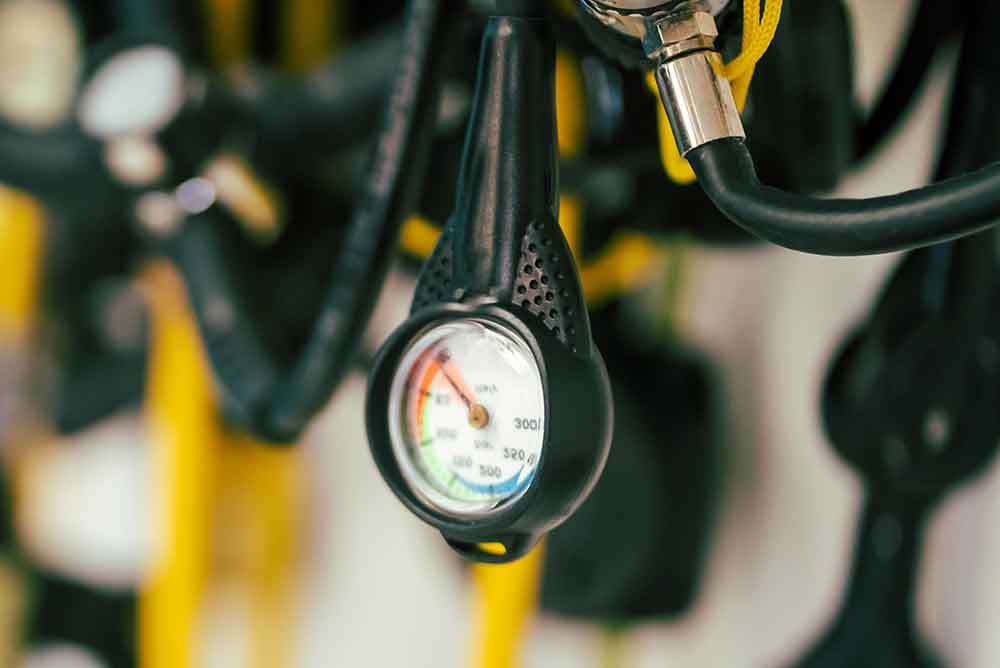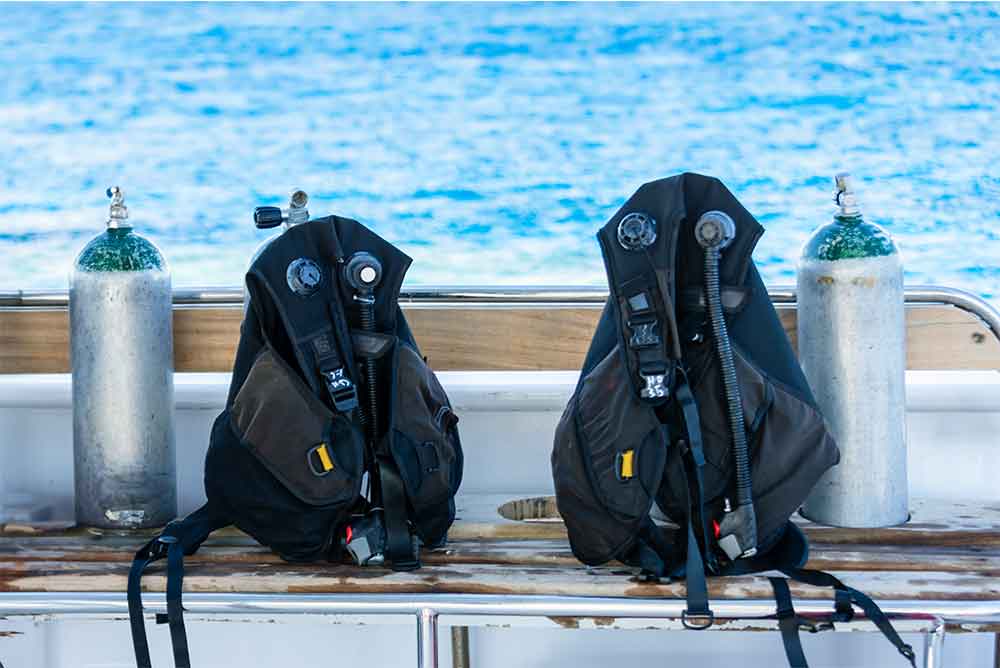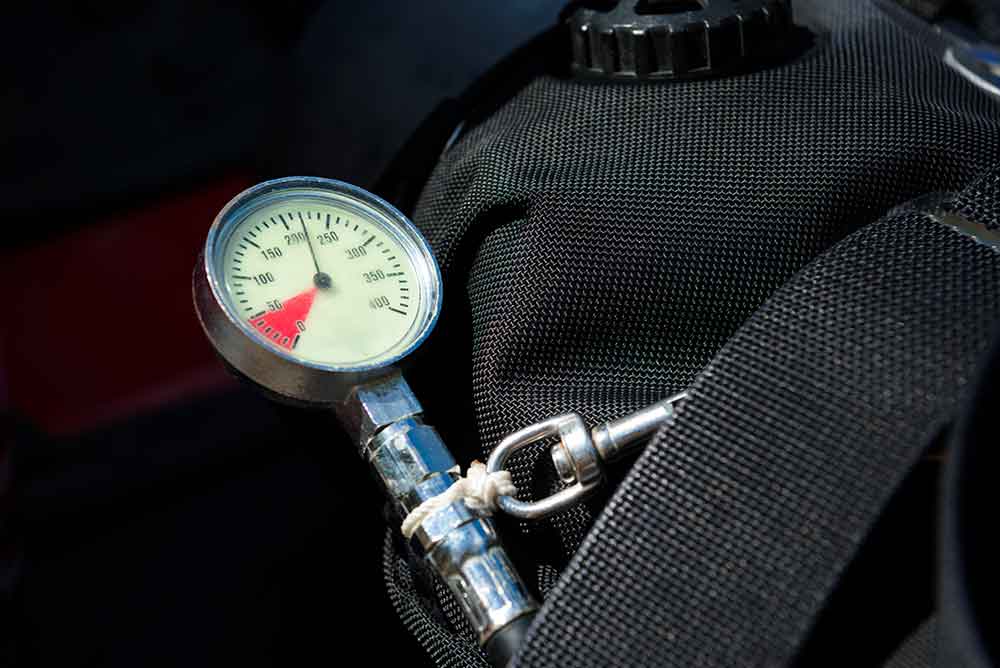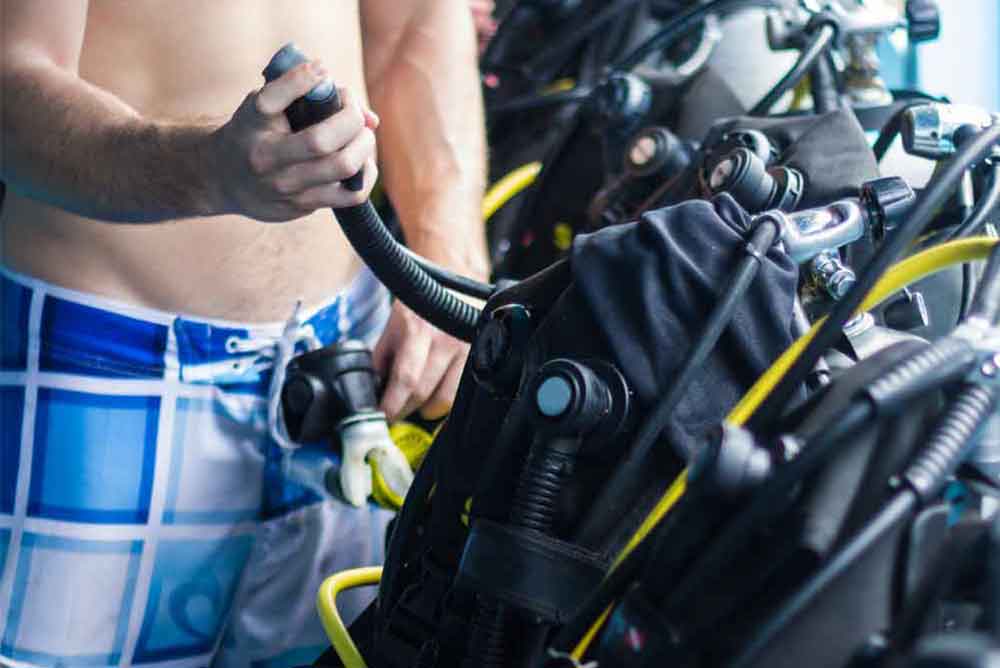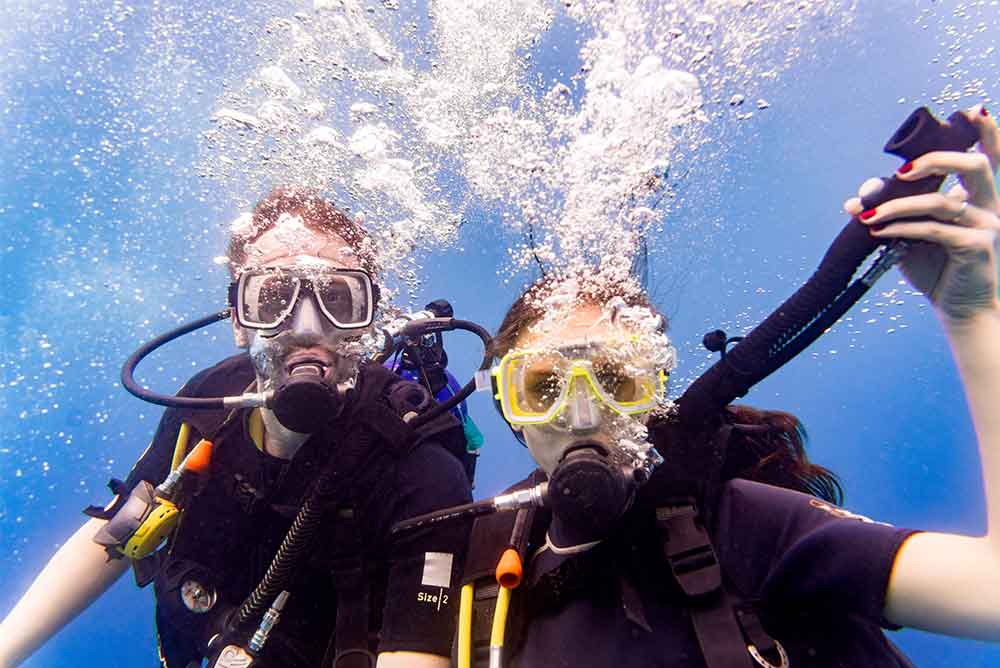Top Scuba Diving Gear for Texas Waters and Beyond
Scuba diving in Texas offers access to freshwater lakes, offshore oil rigs, and deep Gulf wrecks. Each environment requires reliable and location-specific scuba diving gear. This page outlines the top scuba diving gear recommended for recreational, traveling enthusiasts, and professional divers. All product suggestions are general and should be evaluated by a certified dive professional based on individual needs and diving conditions. This site does not provide legal, medical, or safety advice and is not a substitute for professional instruction or certification.
Essential Scuba Diving Equipment for Every Diver
The following scuba gear is considered essential for most open-water dives. These items form the foundation of a safe and effective dive setup. Users should consult certified instructors or dive shops before making any equipment decisions.
Buoyancy Control Device (BCD)
A buoyancy control device helps divers maintain neutral buoyancy underwater and stay afloat on the surface. Divers can choose from jacket-style or back-inflate BCDs. Jacket-style models are more common among beginners, while back-inflate versions provide greater control for advanced divers. Texas divers often prefer lightweight BCDs for lake diving and models with integrated weight systems for saltwater buoyancy compensation.
Regulators and Octopus Systems
The regulator delivers breathable air from the tank, while the octopus (alternate air source) is used in emergencies. Look for environmentally sealed regulators to handle warm Gulf waters and cooler freshwater springs in Texas. Proper servicing and annual inspections are essential. Divers should ensure that all regulator systems meet manufacturer specifications for safety and reliability.
Dive Masks and Snorkels
An adequately fitted dive mask improves underwater visibility and comfort. Silicone skirts and tempered glass lenses are recommended for durability. Prescription masks are available for divers who need vision correction. Snorkels are helpful for surface swims and conserving air while waiting for dive entry. Dry-top snorkels are preferred for choppy Texas coastlines.
Fins and Booties
Fins provide propulsion, while booties offer foot protection in rocky or slippery entry points. Open-heel fins combined with neoprene booties are preferred for cold or uneven terrain. Full-foot fins are lighter and often used in controlled environments. Texas divers frequently choose open-heel fins with rugged soles for lake entries or beach dives.
Wetsuits and Exposure Protection
Wetsuits protect against cold and abrasions. Thickness selection depends on water temperature. A 3mm wetsuit is suitable for summer Gulf dives, while a 5mm suit may be needed for spring-fed lake dives. Rash guards are commonly worn in warmer water for sun protection and to prevent gear chafing. Divers should confirm suit fit and flexibility before purchasing.
Specialized Scuba Gear for Diving Location Conditions
Scuba diving conditions vary significantly across Texas, from clear inland lakes to deep offshore wrecks. Choosing specialized gear based on the dive site is essential for comfort, safety, and performance. The following equipment recommendations are general and should not replace the guidance of certified instructors or dive professionals. Always consult with a local dive shop before using new or unfamiliar gear.
Gear for Texas Lakes and Freshwater Diving
Freshwater lakes like Lake Travis, Balmorhea, and Canyon Lake often have lower visibility and cooler temperatures, especially at depth. Thermal protection layers like 5mm wetsuits and high-thrust fins are essential for control and comfort in these conditions. Due to silty conditions, divers should also use tethered gear and carry a backup mask to prevent disruptions.
Equipment for Gulf of Mexico Dives
The Gulf Coast offers drift dives, oil rig exploration, and coral formations, which require saltwater-rated gear and awareness of surface conditions. Divers should use corrosion-resistant regulators, integrated weight BCDs for buoyancy control, and bright SMBs for visibility, followed by thorough freshwater rinsing to prevent salt damage.
Deep Diving and Wreck Diving Essentials
For dives beyond 60 feet or wreck exploration off the Texas coast, upgrade gear with dive computers featuring decompression algorithms and redundant air supply systems like pony bottles. Primary and backup lights with at least 1000 lumens are crucial for visibility in low-light and wreck environments. For dives beyond 60 feet or wreck exploration off the Texas coast, upgrade gear with dive computers featuring decompression algorithms and redundant air supply systems like pony bottles.
Must-Have Diving Accessories for Every Location Dive
Divers should carry essential accessories and primary gear to improve dive safety, communication, and convenience. The following must-have scuba diving accessories are commonly used in different dive environments, including lakes, reefs, wrecks, and offshore sites. These general recommendations should be confirmed with a certified dive professional before use.
Dive Computers and Gauges
Dive computers are essential for monitoring depth, time, ascent rate, and no-decompression limits, ensuring safety during planning and execution. Air-integrated models connect to the tank pressure, while wrist-mounted versions offer flexibility. Consoles provide added tools like compasses, and user-replaceable batteries are useful for travel and remote dives.
Underwater Lights and Signal Gear
Lights and signaling tools are vital for night dives, wreck exploration, and emergencies. A primary light (1000+ lumens) is essential for low-visibility conditions, with backup lights for reliability. At the same time, Surface Marker Buoys (SMBs) and audible signaling devices like whistles or air horns help ensure safety and visibility, especially in areas with boat traffic.
Dive Bags and Storage Solutions
Reliable storage is key to protecting gear during transport and between dives. Mesh dive bags allow drainage and drying, waterproof dry bags safeguard electronics and valuables, and regulators or protective cases prevent damage to delicate equipment.
Reef-Safe Sunscreen and Eco Accessories
Protecting marine environments is essential for divers. Biodegradable, reef-safe sunscreen helps prevent harm to coral reefs, while eco-conscious gear from recycled plastics or sustainable materials reduces environmental impact.
Gear for Scuba Professionals and Serious Divers
Professional divers, instructors, divemasters, and advanced recreational divers often require enhanced performance, durability, and adaptability gear. The following scuba diving gear for professionals and serious divers supports deeper dives, technical dives, and frequent use in varied underwater conditions. These recommendations do not substitute formal training, dive planning, or certification.
Technical Dive Equipment
Advanced divers engaging in deep, wreck, or overhead dives use specialized equipment such as twin tank or side-mount systems for redundancy and extended bottom time, advanced dive computers with multi-gas capabilities for staged decompression, and rebreathers for silent, long-duration diving. All technical gear must be properly configured, tested, and maintained by certified professionals according to manufacturer guidelines.
Durable, High-Use Gear
Professional divers require durable, comfortable gear for harsh conditions. Heavy-duty wetsuits (5mm or 7mm) with reinforced knees are ideal for colder dives, while dry suits may be needed for extended cold-water exposure. Stainless steel or aluminum backplate and wing systems offer modularity and longevity, and high-capacity dive lights with camera mounts are essential for documentation and teaching.
Tools and Redundancy Gear
Professional divers often carry additional tools for safety and efficiency. Cutting tools like dive knives or line cutters are essential for entanglement situations, while a compass and slate aid in navigation and communication. A spare mask and backup air source provide crucial redundancy during complex dives. Carrying these extra items ensures that divers can handle unexpected challenges without compromising the safety of the dive.
Travel-Friendly Diving Equipment
Whether diving in Texas or planning a trip abroad, many divers prioritize portability, weight, and gear compatibility with airline regulations. Travel-friendly scuba diving gear offers convenience without sacrificing performance. These options are especially helpful for divers exploring multiple destinations or flying to dive sites.
Lightweight and Compact Essentials
Modern gear manufacturers offer lightweight alternatives for easy packing, such as travel BCDs made from lightweight materials, compact regulators with travel cases, and folding or short-blade fins that fit into standard luggage. Divers should always test travel gear in a controlled setting before using it in unfamiliar environments.
Universal Gear Adaptability
When traveling to international dive destinations, divers may encounter differences in tank valves and local practices. DIN-to-yoke adapters are crucial for compatibility with different tank connections, while multi-plug battery chargers and adapters help charge devices abroad. A universal tool kit ensures readiness for gear adjustments and repairs during travel.
Protective Travel Cases and Organization
Well-organized gear storage minimizes damage and streamlines setup at dive sites. Padded regulator bags protect hoses from bending and dust while rolling dive bags with drainage separate wet and dry gear. Waterproof pouches and dry cases safeguard documents, electronics, and emergency items during transit or on dive boats.

